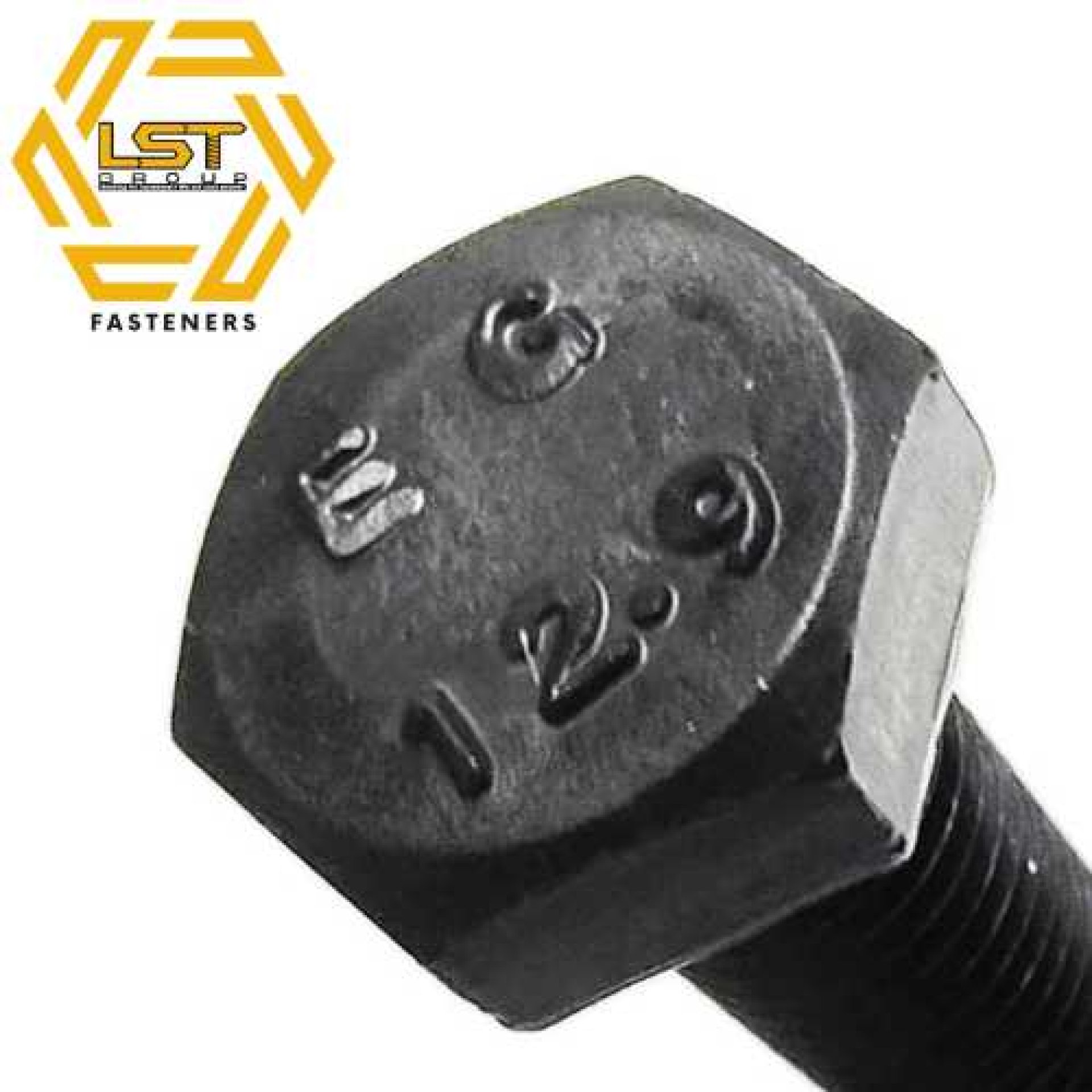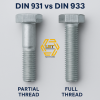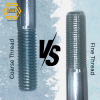Decoding Grades 8.8, 10.9, and 12.9
Last updated: 4 Sept 2024
34974 Views

Ever wondered about those mysterious numbers on the Bolt's head? Let's dive into the world of high-strength fasteners and unravel the differences between grades 8.8, 10.9, and 12.9. Buckle up, DIY enthusiasts and engineering buffs we're about to get technical!
First, let's decode those numbers:
- The first digit (8, 10, 12) represents the screw's strength. Think of it as a multiple of 100 MPa.
- The second digit (8, 9, 9) is the ratio between the minimum tensile strength and yield strength.
- Grade 8.8: Budget-friendly and widely available Perfect for everyday projects Not ideal for high-stress applications
- Grade 10.9: Stronger than 8.8, great for medium-duty tasks Pricier than 8.8 Harder on threading tools if rework is needed
- Grade 12.9: The strongman of screws excellent tensile strength, torque resistance, and impact tolerance The most expensive option Tough on threading tools (most manufacturers won't even attempt rework)
Choosing The compatible one:
- Grade 8.8: Your go-to for woodworking, furniture assembly, and light machinery.
- Grade 10.9: The middle-ground hero for general machinery applications.
- Grade 12.9: The heavy-duty specialist for construction, automotive work, and high-risk or hard-to-maintain areas.
- Match the grade to your project's needs (consider weight and shear forces).
- Factor in environmental conditions and wear expectations.
- When in doubt, consult an expert better safe than sorry!
Remember, choosing the right screw isn't just about strength it's about finding the perfect balance for your specific project. So next time you're facing the fastener aisle, you'll be armed with the knowledge to make the best choice.
Looking for your best fasteners click below:
- Grade 8.8 Bolt
- Grade 10.9 Bolt
- Grade 12.9 Bolt
Brought to you by L.S.T. Group: Seeking for fasteners, we are your answer.
Related Content
If you’ve ever tried fixing up your house, replacing a hinge, assembling a shelf — or even repairing your car or motorcycle — you’ve probably found yourself asking:
“Where should I buy the right screws, nuts, or washers?”
27 Aug 2025
Which One Should You Choose? Here’s What You Need to Know
When selecting bolts for your structural or mechanical projects, many buyers ask:
“Should I go with partial-thread or full-thread bolts?”
In this article, LST Group breaks down the differences to help you make the right decision.
26 Aug 2025
If you're new to mechanics or DIY projects, you've probably noticed that bolts come with different thread patterns.
15 Feb 2025



